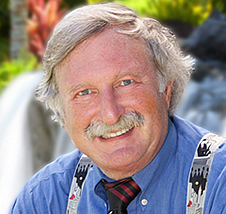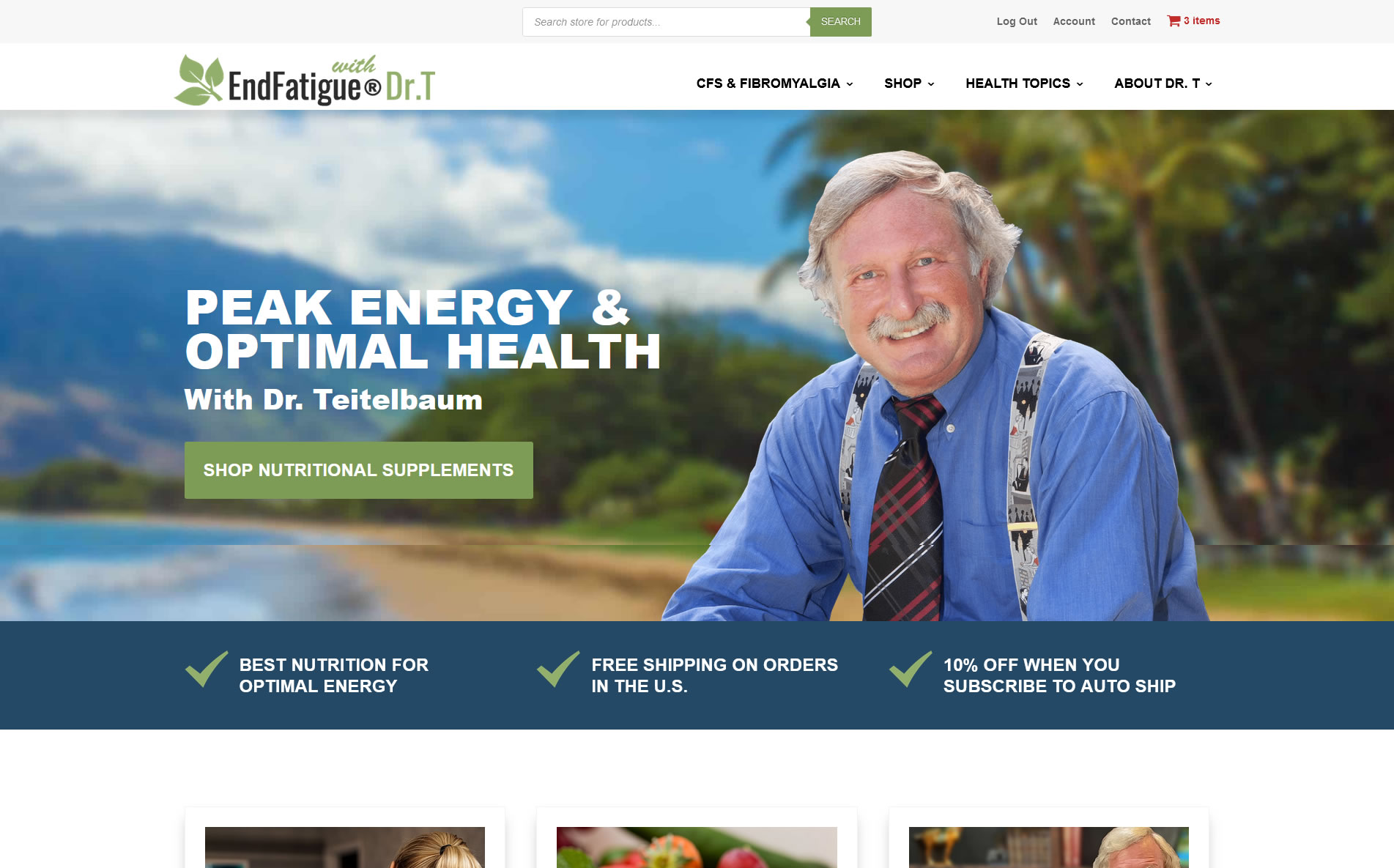Healing Anxiety

Do you struggle with anxiety? You’re far from alone.
A review of 62 studies found that nearly 47% of people with fibromyalgia also experience significant anxiety. Another review, analyzing 88 studies, revealed that more than half also suffer from depression.
Frankly, this isn’t surprising. Many people with fibromyalgia are still being dismissed or even gaslighted by the medical system, told their pain "isn’t real." Imagine if stroke patients were told nothing was wrong and that their symptoms were "all in their heads." Anyone in that situation would feel anxious and depressed, too.
Here’s the good news: both anxiety and depression are very treatable—naturally. In this article, we’ll focus on anxiety. Next time, we’ll dive into approaches for depression.
Let’s begin with more than a dozen natural and lifestyle strategies that can help ease anxiety, starting with an herbal standout called AnxioCalm®. Research suggests this supplement may be as effective as Librium, a prescription Valium medication, but without the risk of addiction or side effects.
Anxiety can range from mild and occasional to intense and completely overwhelming. The encouraging news is that most anxiety conditions, even PTSD, can be successfully managed by focusing on four key areas. Sometimes, working on just one of these is enough to bring real relief. But when you combine them, the results can be even more powerful.
4 Key Domains of Anxiety
There are four main sources of anxiety, and they’re stored in different systems throughout the body. You can start with any one of them and often notice real improvement. But when you address them together, the impact can be especially powerful. My advice? Begin with the area that feels like the best fit for you.
1. Biochemistry
A variety of internal factors can ramp up anxiety — things like excess adrenaline, low blood sugar from adrenal fatigue, or nutrient deficiencies (especially magnesium and B vitamins). The good news is that these are often some of the easiest areas to support. Here are a few simple, effective ways to address them:
- AnxioCalm®. Many people have heard of cannabinoids like THC and CBD for easing anxiety. While they can help, they’re often pricey and may cause side effects. What’s less well known is that a special echinacea extract, found only in AnxioCalm, also stimulates the brain’s calming cannabinoid receptors, but without the downsides.
Research shows AnxioCalm can work as well as Librium, a prescription medication in the Valium family, but without causing dependence or side effects. You can take it daily or just as needed. It comes as a small pill, though don’t chew it as it leaves a funny taste! Simply swallow it. Its effects build over about six weeks of use, making it a remarkably effective natural option for many people.
- B vitamins and magnesium. Nutrients like vitamins B6, B12, B2, B3, and magnesium play key roles in calming the nervous system through multiple mechanisms. Getting these nutrients to optimal levels can noticeably reduce anxiety for some people. A simple way to cover your bases is with a high-quality multinutrient powder, such as the Energy Revitalization Drink Mix.
- Supporting the adrenals. If anxiety hits suddenly and you feel better within a few minutes of eating, low blood sugar from adrenal fatigue may be the culprit. Especially if the anxiety feels irritable or edgy. In this case, Adrenaplex® can help. Taking one to two capsules each morning often improves anxiety, energy, and brain fog within a week or two if adrenal fatigue is the underlying issue.
2. Release the Muscle Memory of Trauma
Anyone who’s spent time observing animals knows about “playing possum.” If you’ve ever watched a cat catch a mouse, you’ve probably seen it: the mouse goes limp, appearing lifeless. The cat may bat it around to test whether it’s really dead. And the moment the cat looks away, the mouse suddenly springs back to life and runs off.
But here’s the interesting part — once the mouse finds safety, it goes through a period of trembling. This shaking helps it release the freeze response it entered during the threat — a state that combines numbness (playing dead) with hyper-alertness. This is a universal mammalian response, and humans do it too, especially during overwhelming situations like childhood trauma, abuse, or growing up with alcoholic parents.
Animals instinctively know to tremble it out afterward, which clears the trauma from their nervous systems. Humans, on the other hand, often suppress trembling because we feel embarrassed or think it’s “weird.” The result? We end up carrying that trapped trauma for years, even decades.
This is actually where the phrase “shake it off” comes from. Trembling is the body’s natural way of releasing stored trauma. If you ever feel yourself starting to tremble — and you’re in a safe place — let it happen. Don’t try to control it. When the trembling finishes naturally, most people feel lighter and more at ease. The process tends to happen in layers, so the trembling may come and go over time, gradually helping you release old emotional wounds.
For a deeper understanding of this simple, powerful, and free technique, I highly recommend Waking the Tiger by Dr. Peter Levine. And for those dealing with PTSD or significant emotional trauma, Dr. Levine’s Somatic Experiencing® program is an excellent structured approach to healing.
3. Psychological Component
Talk therapy can be helpful, especially with a skilled psychologist. But for many people, it only goes so far on its own. That’s why it often works best when it’s combined with other approaches, like the biochemical and body-based techniques we’ve already covered.
Unfortunately, today’s media environment doesn’t make things easier. The unspoken motto seems to be: “fear and divisiveness sell.” A lot of what’s shared is designed to keep people agitated. And much of it isn’t even true.
If what you’re watching, reading, or scrolling through consistently makes you feel worse, turn it off and redirect your attention toward something that lifts you up. Think nature, music, comedies, prayer, or meditation. Learning to focus on the present moment can also make a huge difference. Most anxiety happens when we’re caught up in the past or future, not the here and now.
One excellent resource for learning how to stay present is The Power of Now by Eckhart Tolle, a book that has helped millions of people ground themselves and find calm in everyday life.
For those with severe sensitivities, programs that help balance the autonomic nervous system, such as DNRS or ANS Rewire, can be very effective. Not only can they ease anxiety, but they often bring significant improvement in fibromyalgia symptoms as well.
Finally, breathing techniques that emphasize a slow, prolonged exhale can calm the nervous system quickly. You’ll find plenty of helpful tutorials online to get started.
4. Biophysics
Although this area is often overlooked by conventional medicine, it can play a powerful role in easing anxiety and releasing old emotional trauma, especially when those traumas run deep.
Techniques like the Emotional Freedom Technique (EFT), also known as “tapping,” and EMDR (Eye Movement Desensitization and Reprocessing) have helped many people process and release long-held stress patterns. These methods work with the body’s energy and nervous systems in ways that complement more traditional approaches.
For those who want to go deeper—particularly if you’re dealing with conditions like CFS, fibromyalgia, ME, or long COVID—I recommend my book From Fatigued to Fantastic. In addition to covering the many physical aspects of recovery, it includes detailed guidance on psychological healing, including approaches for PTSD.
It’s time to give yourself permission to heal—on every level.
Love and blessings,
Dr. T

Jacob Teitelbaum, M.D. is one of the most frequently quoted post viral CFS, fibromyalgia, energy, sleep and pain medical authorities in the world. He is the author of 12 books including You Can Heal from Long Covid, the best-selling From Fatigued to Fantastic!, Pain Free 1-2-3, The Complete Guide to Beating Sugar Addiction, Real Cause Real Cure, The Fatigue and Fibromyalgia Solution, and the popular free Smart Phone app Cures A-Z. He is the lead author of eight research studies and three medical textbook chapters on effective treatment for fibromyalgia and chronic fatigue syndrome. Dr. Teitelbaum appears often as a guest on news and talk shows nationwide, including past appearances on Good Morning America, The Dr. Oz Show, Oprah & Friends, CNN, and FoxNewsHealth.
Websites: Vitality101.com | EndFatigue.com
Facebook Support Group: Recovering from Fibromyalgia, Chronic Fatigue, and Long COVID
Facebook Page | Instagram
